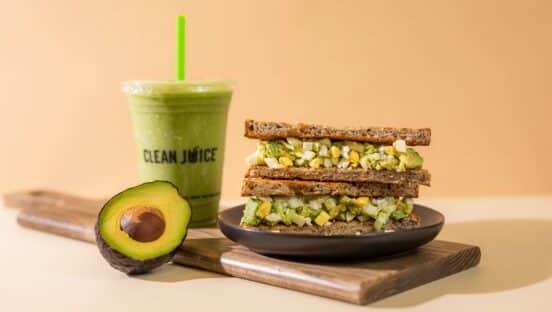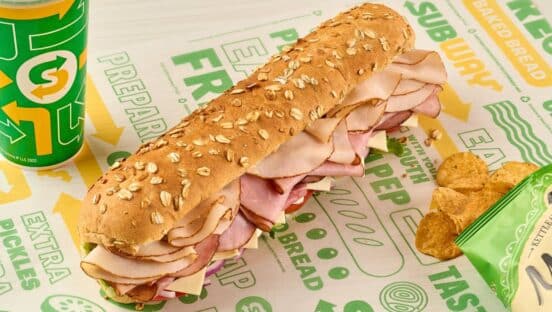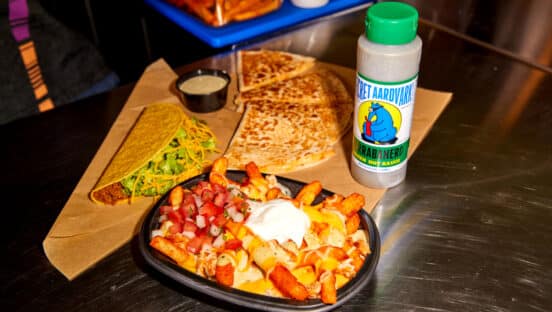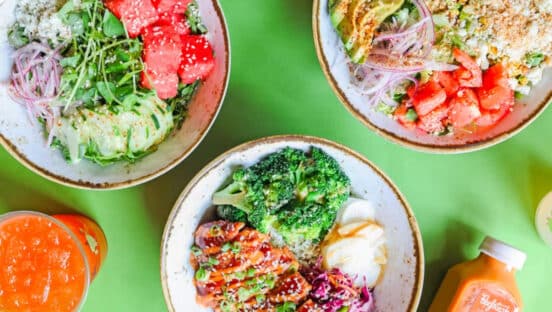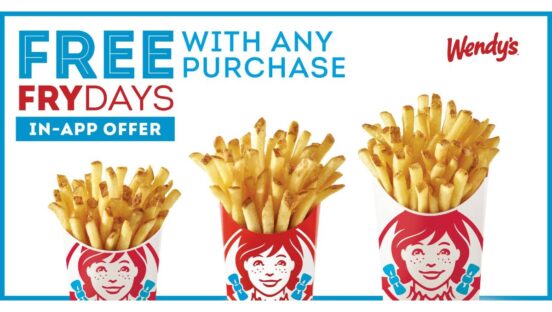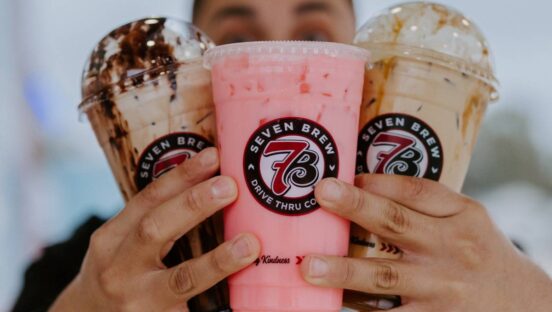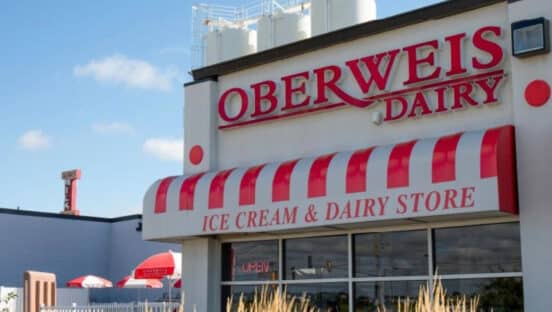Pizza Hut’s mission to right-size its footprint may have begun years before the pandemic arrived, but COVID-19 undoubtedly quickened the initiative.
The chain closed 2019 with 18,703 stores globally. In 2020, Pizza Hut shed 1,745 restaurants, or 9 percent of the year-ago figure, including 573 closures in Q1 and Q2 combined, and 1,172 total in Q3 and Q4. The closures were partially offset by the opening of 682 locations. Pizza Hut ended 2020 with 17,639 stores, representing a unit decline of 6 percent—it’s the lowest global number since Q3 2018.
Although the numbers are significant, it’s in line with expectations as the brand continues its shift toward a more off-premises-friendly asset base, or as Yum! Brands CFO Chris Turner described it, “transition to a healthier and more modern estate.” Closures were largely underperforming stores with lower average-unit volumes. More closures are expected in 2021.
Feeding into those 2020 shutterings was bankrupted NPC International, which decreased its footprint from 1,200 to 950. Those stores have now been sold to new operator Flynn Restaurant Group. Yum! CEO David Gibbs referred to Flynn as a well-capitalized company that brings a strong track record of operational excellence. The two sides have plenty of familiarity since Flynn already serves as the second-largest Taco Bell franchisee.
“Pizza Hut’s the one we’ve talked about a lot because of remaking their asset base and moving to off-premises, the progress they’ve made on digital,” Gibbs said Thursday during the brand’s Q4 earnings call. “… Twenty percent of the Pizza Hut stores were in the hands of a poorly capitalized operator previously. Now with Greg Flynn entering the system, a proven commodity in the Taco Bell world, we know that that’s going to provide a boost to Pizza Hut. So there’s a lot of reasons to be enthusiastic about Pizza Hut with their off-premises skew and the move they made.”
The data continues to back Pizza Hut’s transformation. In the U.S., where off-premises is more prevalent, same-store sales increased 8 percent in Q4 and 3 percent for fiscal 2020. In the quarter, business outside the four walls generated 21 percent same-store sales growth when excluding closed Express units, and 18 percent same-store sales growth with Express units.
THE COVID-19 ROAD FOR YUM! SO FAR:
Pizza Hut Takes Leap Toward ‘Healthier Global Estate’
Yum! Brands, and What It Takes to Hire in COVID Times
How Yum! Beat the COVID Odds, and Got Better Because of it
Yum!’s Digital Business Has Gained Over $1 Billion (latest quarterly report)
Taco Bell to Trim Menu Nationwide on August 13
KFC’s Plant-Based Chicken is Headed to Southern California
Yum! Unveils $100 Million Plan to Combat Inequality
1,200-Unit Pizza Hut Franchisee NPC Declares Bankruptcy
Yum! Sales Gain Momentum, Set New Heights
Taco Bell to Hire 30,000 People in Coming Months
KFC to Provide $500,000 Worth of Groceries to Employees
At One Point During COVID-19, Yum! Had 11,000 Closed Restaurants
Taco Bell Wants to Become the Safest Place to Eat
Yum! Brands Has 7,000 Restaurants Closed Globally
As off-premises becomes a larger chunk of sales, the chain is also investing the requisite technology to secure growth. Pizza Hut U.S. launched an omnichannel menu management system that serves as one source for menu customization and pricing that can be synced across multiple digital channels.
U.S. sales were driven by the $10 Tastemaker offering, which mixed more than 20 percent in Q4. Pizza Hut also rolled out the Triple Treat Box, Beyond Meat, and Detroit-style pizza.
“We do think there’s an important role for innovation to play in that brand. I think those guys are spot on in the way they’re bringing it to life,” Gibbs said. “So we’re confident in the brand coming to life. As we’ve always talked about, the challenges are more around the asset base than it is the consumers’ love for the brand or the products that we serve.”
International units—which are more reliant on dine-in—dropped 7 percent in Q4 and 13 percent for the year, with consistent pressure from COVID cases and added restrictions. Their shift to off-premises was aided by a new in-house coaching app called HutBot. Since launching in the U.K., delivery times improved by six minutes and customer satisfaction scores rose 20 points, the company said.
“There’s lots of franchise excitement around HutBot and nine other markets have already rolled out the store management and coaching aid,” Gibbs said.
For Yum! overall, digital sales reached a record-breaking $17 billion in 2020, or a 45 percent increase from last year. More than 35,000 restaurants now offer delivery, good for a 16 percent uptick year-over-year.
The company saw same-store sales drop 1 percent in Q4 and 6 percent in 2020. So far in Q1, U.S. comps are trending in the mid-teens, partially due to stimulus checks. Internationally, trends have been softer because of COVID resurgences and restrictions on operating hours.
The company grew its systemwide footprint by a net of 183 stores, including the 25,000th KFC location.

KFC Raises Its Off-Premises Game
KFC’s domestic comps lifted 8 percent in Q4 and 5 percent in 2020 while international locations fell 4 percent in the period and 11 percent for the full year. The chicken chain opened 1,512 new restaurants globally in 2020 and shuttered 616; 10 out of 13 KFC markets were net unit positive.
As drive thru increased in volume, the brand lowered transaction times by 16 seconds in the quarter. Additionally, the brand’s free tenders promotion with DoorDash helped digital mix in the high single digits in Q4.
To evolve the customer experience even further, KFC U.S. began the rollout of a new e-commerce platform earlier this year. The new amenity will allow KFC to take orders from its own digital platform for both pickup and third-party delivery.
“Off-premises has been good to them,” Gibbs said. “We’ve seen a massive increase in their bucket sales in the quarter. And as we go into the year, we’ve talked about their new chicken sandwich coming and the rollout of that. It’s in 20 percent of the stores now, but we’re pleased with how that increases our mix of sandwiches and how that will play out as we get into all of our stores.”
Taco Bell Tests New POS System
Taco Bell’s same-store sales increased 1 percent in Q4, following a rise of 3 percent in Q3. For the year, the taco chain declined 1 percent. The brand ended 2020 with 7,427 stores after opening 215 restaurants and closing 151. Similar to its sister brands, Taco Bell’s digital performance elevated in 2020 with business reaching $1 billion. The channel mixed 12 percent in Q4, while delivery mixed in the high-single digits. The chain saw record drive-thru performance in 2020 and achieved a full year of transaction times below four minutes. The fastest times were recorded in Q4, Yum! said.
In terms of technology, Taco Bell is the first of the brands to test a new advanced POS system, which Turner described as a modern, tablet-based application that’s completely customizable.
“This technology should increase accuracy, speed, and reliability, as well as allow for a more intuitive team member experience, optimized for each brand’s specific needs,” Turner said.
[image source_ID=”129114″]
In terms of menu innovation, the brand began Q4 with the return of the $5 Grande Stacker Box, which mixed 9 percent. Taco Bell also brought back the Toasted Cheddar Chalupa, mixing roughly 10 percent. The innovation was rounded out with the Grilled Cheese Burrito and Nachos Party Pack, with both having a positive sales impact.
“Getting through this with less of a family meal skew, they’ve had to pivot more and embrace the new needs of the consumer,” Gibbs said. “I think they’ve done an amazing job of that. They just put up a decent quarter, and on top of that, spent a lot of time in the quarter building up their loyalty base through programs to acquire new loyalty customers, so we think that bodes really well for the future.”
The Habit Enters the Chicken Wars
The Habit Burger Grill—with roughly 70 percent of its base in California—saw same-store sales drop 5 percent in Q4. The chain was pressured by 7 percent of its base being temporarily closed and California’s ban on on-premises dining. For the year, The Habit witnessed comps slide 11 percent. The brand pivoted amid added restrictions, with digital mixing north of 40 percent in Q4. Curbside pickup accounts for more than 10 percent of sales and roughly 50 percent of mobile orders. To maintain customer engagement, The Habit entered the chicken sandwich wars with its new Crispy Chicken Sandwich and Crispy Chicken Bites.
“I know it’s of such a scale that it can’t have a meaningful impact on our numbers in the short-term, but we are excited about the long-term potential of the brand,” Gibbs said. “The way it’s gotten through this environment, pivoted to off-premise, the technology that they’ve deployed, the quality of their operations, there is a lot of reasons why you would be excited going forward with Habit. We’ve seen a lot of interest from the franchise community in becoming Habit franchisees. We’re going slow in that regard to make sure we do it exactly right. But that’s a brand that I think is also poised for a lot of exciting things in 2021.”
Yum!’s revenue in 2020 increased 1 percent from $5.6 billion to $5.65 billion. Core operating profit slipped 8 percent, including a 12 percent drop at KFC, an 8 percent decline at Pizza Hut, and a 2 percent increase at Taco Bell.
Ninety-eight percent of stores are open, or roughly 1,000 temporary closures.


